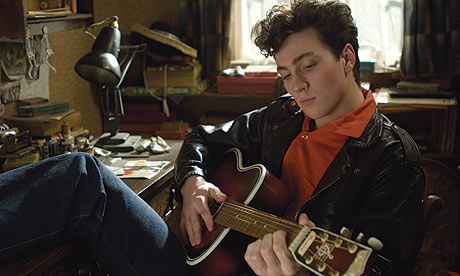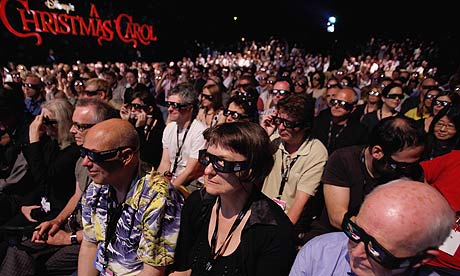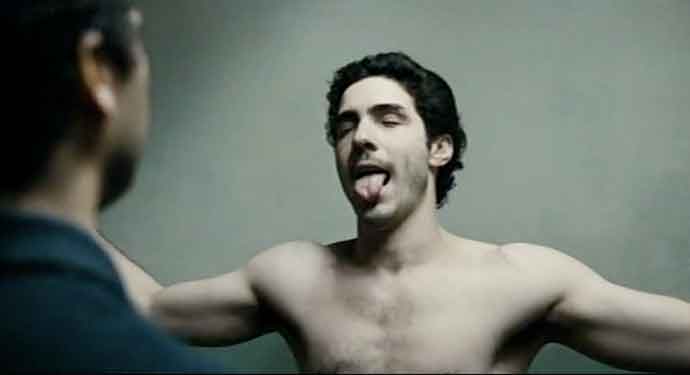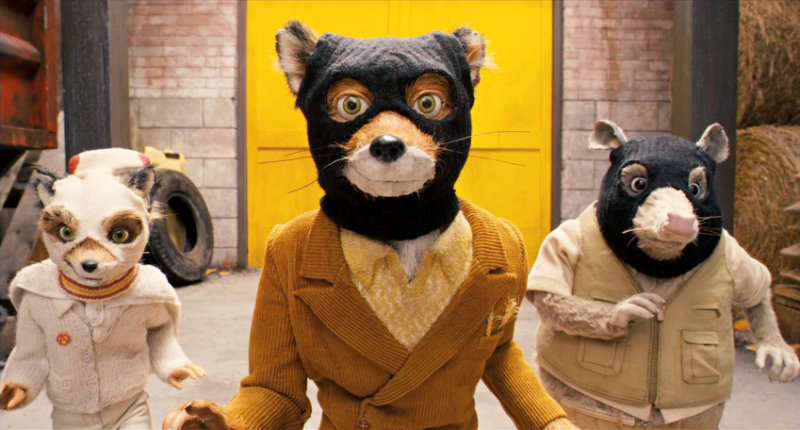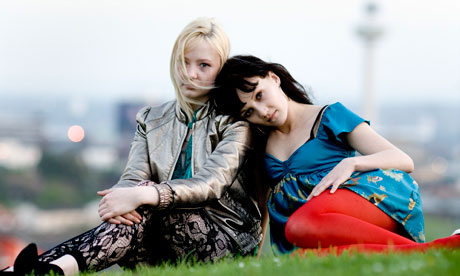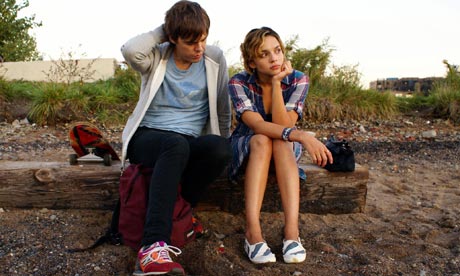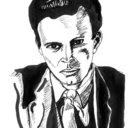1) The White Ribbon
In a world of droll melodrama and spectacular CGI, Michael Haneke avoids all short cuts while creating this engaging, beautiful film. Shot in monochrome, and set in a remote, feudal German village in 1914; the story follows a quiet teacher as he investigates a series of mysterious, brutal acts perpetrated upon the townspeople. The winner of this year’s Palme D’Or, The White Ribbon will surely go down as one of the most important films of the decade.
2) A Single Man
Colin Firth is extraordinary as George, a University professor whose gay lover has been killed in a car crash. Prevented from attending the funeral, George decides to take his own life; but a series of interactions with students, strangers, and best friends makes him think twice. Tom Ford’s debut feature is a melancholy but undeniably stunning and lavish affair.
3) Bad Lieutenant: Port of Call New Orleans
Werner Herzog – the man who dragged a ship over a mountain – has transformed Abel Ferrera’s schlock classic into a characteristically odd, but utterly wonderful, masterpiece. Nicholas Cage is back on form as the ‘bad cop’ who is too busy running from gangsters, hiding his drug addiction and protecting his prostitute girlfriend to deal with the mounting homicides in his city.
4) A Serious Man
After an epic cinematic masterpiece (No Country For Old Men) and a frenetic screwball comedy (Burn After Reading) everybody was assuming the Coen’s third film in as many years would be a lifeless and tired affair… but it might be the best of the three! Exploring the tribulations of a quiet, middle American Jewish man, this is certainly their most personal film in recent years; but the maturity of the characterisation and comic timing make this one of the finest films in their entire catalogue.
5) Frozen River
Courtney Hunt’s debut is a raw and thrilling film that fell victim to Slumdog Millionaire’s inexplicable whitewash at this year’s Oscars. When her husband runs away with all the family money, Ray Eddy realises that she can no longer afford the new trailer home that her two boys have been dreaming about. Her primal desperation drives Ray to extreme criminal measures in order to care for her children. The appearance, pace, and tone of this film make it one of the finest debut features of recent years.
6) Where The Wild Things Are
Five years in the making, Spike Jonze’s take on Maurice Sendak’s famous children’s story has finally been released. The film is intimate, sumptuous, and laugh-out-loud funny. James Gandolfini and Lauren Ambrose shine as two sulking Wild Things with childish relationship issues; and newcomer Max Records is fantastic in the central role. The film is slim on plot, but the ‘look’ of the film and the depth of the characterisation are utterly engaging.
7) Let The Right One In
With two Twilight films released in the space of one year and a flashy HBO series, True Blood, invading our homes, it was a relief to find that some people still care about the importance of the vampire myth and are unwilling to exploit it’s latent sexuality. This chilling Swedish film follows the dull and unromantic tribulations of a vampire, the hauntingly attractive Eli, who struggles to find enough blood to stay alive. Centring on Eli’s friendship with the young boy in her apartment block, Tomas Alfredson’s film avoids all the Vampire clichés, and in so doing gets much closer to the important themes of the myth than any of these vacuous pretenders.
8) Up In The Air
While Thank You for Smoking was largely ignored by critics, and Juno was attributed to screenwriter Diablo Cody; Up In The Air is Jason Reitman’s chance to establish himself as an important American filmmaker. The story follows Ryan Bingham (George Clooney) as he deals with the prospect of settling down in his dull American town after years of living in the skies as a travelling businessman. The film is hysterically funny and yet languid and thoughtful; and it is undoubtedly one of the best Studio films of the year.
9) In The City of Sylvia
Jose Luis Guerin is renowned for his quiet and patient ability to watch reality wander past his camera (rather than following the action around and cutting out all the slow bits like most filmmakers). Ironically, this film is all about following… as a young man follows a beautiful girl, his fantasy ‘Sylvia’, around the sun-soaked, clattering city of Cherbourg for one afternoon. Shot in real-time, the film uses this simple device to explore the spontaneity and romance that hide around every corner… if only we would take the time to search for them.
10) Sugar
Half Nelson is surely one of the finest American indie films of the decade, so it is fair to say that Anna Boden and Ryan Fleck’s second feature was a highly anticipated film. Miguel ‘Sugar’ Santos is a young Cuban baseball player invited to play in the NBL. His journey takes him from a conservative farming family in Alabama to the bright lights of New York City, and from the hopeful optimism of a young sportsman to the embittered solemnity of an immigrant who has given up on the American dream. The story is masterfully told, and proves that this exciting filmmaking duo is no one-hit-wonder!
When Babies Rule the Dinner Table
-
In the past two decades, American parents have started to ditch the purées
and give babies more choice—and more power—at mealtime.
2 weeks ago
